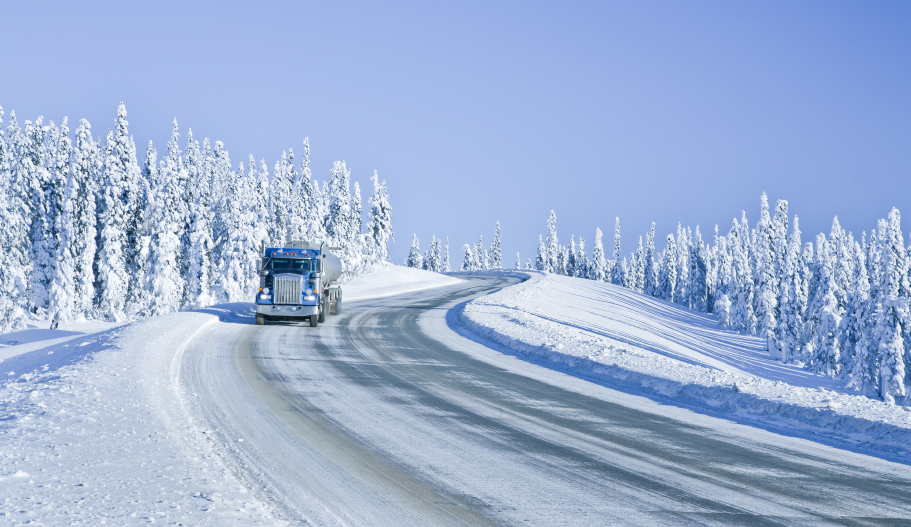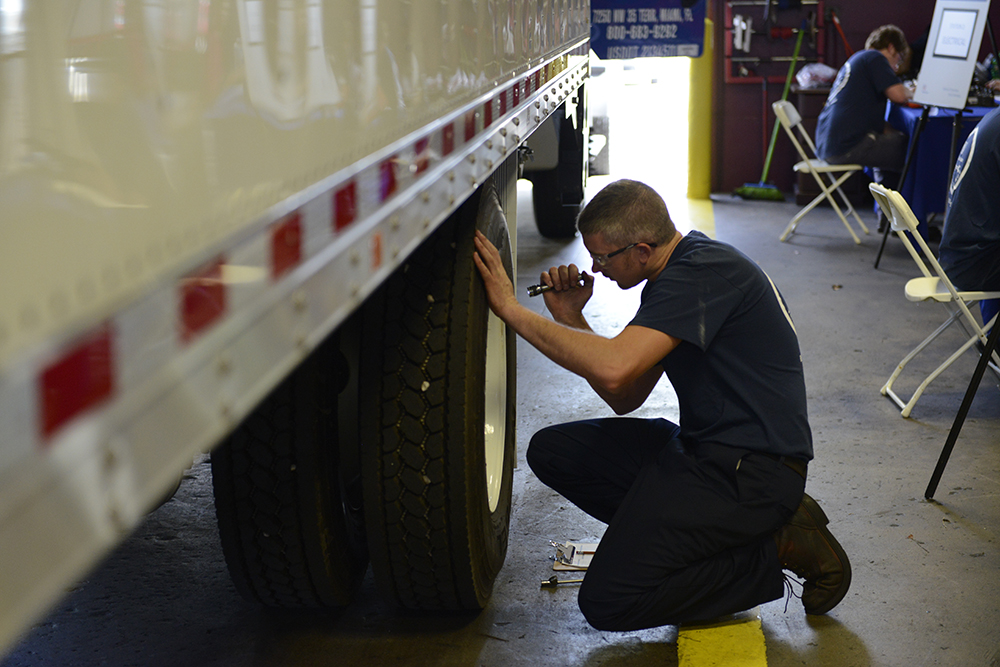When major highways close down due to bad weather, making the right decision regarding delivery schedules needs to be a joint decision between shippers and carriers.
I live in the Poconos area in Pennsylvania, an area that often experiences extreme weather in the winter. Heavy snowfall may be a boon for ski resorts, but it can be a real boondoggle when it comes to truck traffic. That’s because when there is a snowstorm, the state closes down the main highways and interstates. That results in drivers with large loads trying to navigate secondary roads. In many sections of the country, that might be acceptable; however, in areas like ours, secondary roads are narrow and curvy and that can, and often does, result in multi-vehicle accidents, jackknifed trailers, and other breakdowns.
Shippers expect carriers to make the appointed delivery time, no matter what and that puts immense pressure on drivers to find alternative routes. This just doesn’t make sense when you consider the potential cost should an accident occur. The photo in this blog perfectly illustrates what I’m talking about. Forced off the major roads, this driver took a secondary road and you can see the result. So let’s consider the costs for an accident like this. The carrier can incur:
- Towing costs
- Municipal penalties
- Lost time on ELD (which punishes the driver)
- Equipment repair cost
- Replacement vehicle cost
- Cost for putting a driver in a hotel and meals while waiting for repairs or a replacement vehicle.
And, on top of that, to add insult to injury, since the delivery time was missed, the carrier will face a backcharge for a missed appointment penalty. So what is the answer? Dispatchers need to be proactive rather than reactive. First, they need to always be aware of weather conditions, especially in regions where winter weather can disrupt and close down highways.
Once it is ascertained that a major storm is coming, the customer needs to be called and an honest discussion needs to take place. That can be difficult because, as I said earlier in this blog, customers expect their loads to be delivered on time. That’s where carriers need to provide a reality check to the customer, explaining that the safety of the vehicle, driver, and the shipment needs to be top of mind. The customer must understand that, should the major highways close down and the driver would need to route through more dangerous roads, the likelihood of missing their delivery time grows. And it would be safer for all concerned if drivers either delay the departure time or, if they are on the road when the state closes the highways down, the driver should pull into a place where he or she can wait out the storm, thus not taking a chance of defying the HOS rule.
Let me say that I love where I live. It’s absolutely beautiful year-round and I wouldn’t trade it for anything. However, even Paradise has its downside and snow and ice are definitely downsides when it comes to driving…especially for large trucks and trailers.





